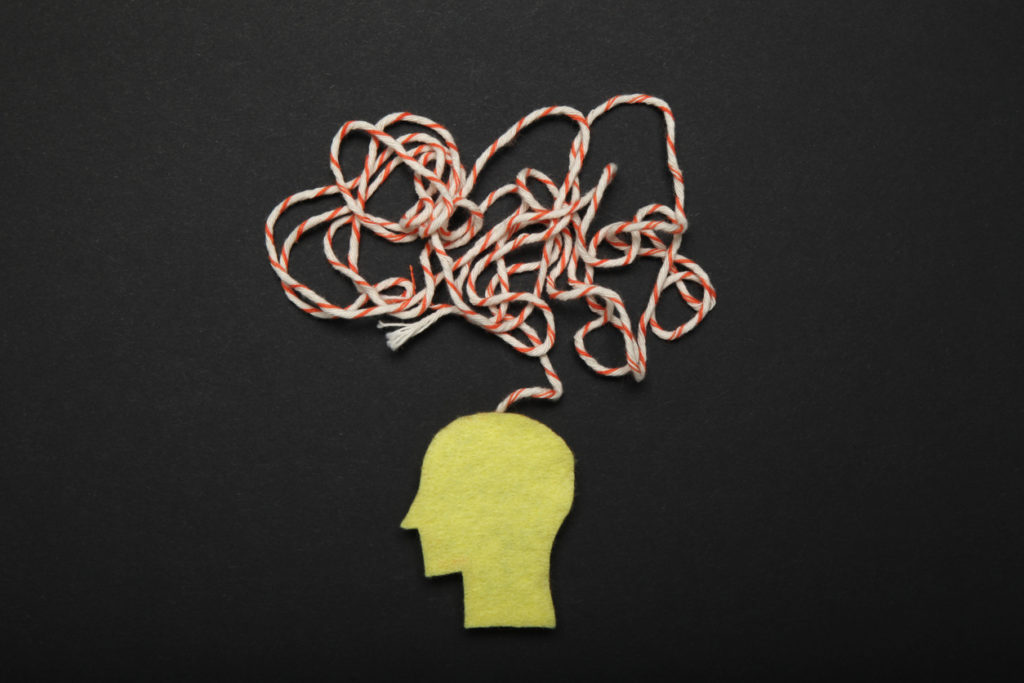The following is an excerpt from Emotion Efficacy Therapy by Aprilia West, PsyD, MT, and Matthew McKay, PhD
The normal wave pattern of emotions get interrupted and extended by three maladaptive coping strategies. The first is emotion avoidance. It’s important to realize how the attempt to control and avoid emotions paradoxically maintains, even intensifies, emotional distress. The effort to suppress painful emotional experiences can take multiple forms (situational, cognitive, somatic, protective, and substitution-based avoidance), but the outcome is always the same: increased suffering. The following describes the forms of emotional avoidance and some of its possible negative consequences.
Consequences of Emotion Avoidance
There are at least five types of emotion avoidance that researchers believe are at the root of many emotion problems.
Situational: people, places, things, and activities
Cognitive: thoughts, images, and memories
Somatic: internal sensations such as racing heart, palpitations, breathlessness, overheating, fatigue, or unwanted sexual arousal
Protective: avoiil?jding uncertainty through checking, cleaning, perfectionism, procrastination, or reassurance seeking
Substitution: avoiding painful emotions with replacement emotions, numbing out, alcohol, drugs, bingeing, or gambling
Why not just keep on avoiding? Because the consequences of emotion avoidance are usually worse than the experience of what we try to avoid.
- Since distress, discomfort, and anxiety are all a guaranteed part of life, emotion avoidance is often only a temporary and superficial “solution.”
- Emotion avoidance reinforces the idea that discomfort/distress/anxiety is “bad” or “dangerous.” It reduces your ability to face and tolerate necessary pain.
- Emotion avoidance often requires effort and energy. It’s exhausting and time-consuming.
- Emotion avoidance limits your ability to fully experience the present.
- Emotion avoidance can keep you from moving toward important, valued aspects of life.
- Emotion avoidance often doesn’t work. When you tell yourself not to think about something, you have to think about not thinking about it. When you try to avoid an emotion, you often end up feeling it anyway.
- Emotion avoidance often leads to suffering: addiction, helplessness, hopelessness, depression, damaged relationships, and lost opportunities.
See also: Obstacles to Committed Action: Experiential Avoidance
By allowing yourself to experience fears—and difficult thoughts, feelings, sensations, and urges—you can learn to decrease your suffering. To explore how emotion avoidance impacts your life, identify one or two strong emotions that show up frequently. Then examine which strategies you typically use to avoid the emotional experience:
- Situational: avoiding people, places, or things
- Cognitive: avoiding thoughts, images, or memories
- Somatic: avoiding unpleasant physical sensations
- Protective: avoiding uncertainty through frequent checking, procrastinating, or assurance seeking
- Substitution: avoiding by numbing, suppressing, addictive behaviors, or replacement emotions (i.e., replacing shame with anger)
When you’ve identified and listed frequently used avoidance strategies for a particular emotion, examine consequences (see the Emotion Avoidance Consequences Worksheet in the book Emotion Efficacy Therapy). There are always advantages (pros) for avoidance. Be sure to acknowledge those–and even write them down. Usually the advantages are immediate (brief suppression of emotion) and short-lived, but they are real. It’s important to validate that there is often a short, positive effect from emotion avoidance.
Now examine the disadvantages (cons) of avoidance. What negative outcomes have you endured from your avoidance strategies? Have there been costs in the form of increased anxiety, depression, or shame? Have there been costs in the form of feeling stuck, damaged or lost relationships, or addictions? Finally, determine both advantages and disadvantages of experiencing this particular emotion. Document all the pros and cons on a page in your journal.
Help Your Clients Learn How to Increase Their Emotion Awareness!
